
Hikoro(ホイコーロー、回鍋肉)
What kind of dish is Hoikoro??
Hoikoro(Twice Cooked Pork) is a Sichuan dish in China. This dish is made by stir-frying pork and cabbage and seasoning it with sweet flour sauce.
The literal translation of hoikoro is “meat is returned to the pot.”
In ancient China, boiled pork chunks were offered as tribute during festivals. After the festival, people eat pork without wasting it, so they cut it into thin slices and stir-fry them with vegetables.
The name hoikoro comes from the fact that once the pork is boiled, it is returned to the pot and stir-fried.
Authentic Sichuan hoikoro is made by stirring boiled pork belly and 蒜苗(garlic leaves), then seasoning with 甜麺醤(tenmenjian,sweet flour sauce).
Generally, pork belly is used. 蒜苗(garlic leaves) are like green onions.
Japanese hoikoro uses readily available cabbage instead of 蒜苗(garlic leaves). The seasoning uses a lot of tenmenjian, so it has a moderate spiciness.
By the way, tenmenjian(sweet flour sauce) is sometimes written as Sweetened Soybean Paste, but since it is originally made from wheat flour, soybean paste is a misinterpretation.
In recent years, soybean-based tenmenjian has also been manufactured.
In fact, when I ate the hoikoro made by the Sichuan people, I felt it was completely different from what I usually eat.
However, although the seasoning and ingredients are different, hoikoro is widely popular in Japan.
In Japan, tenmenjian is rarely used for anything other than hoikoro.
I learned this from a chef at a Chinese restaurant, and if I don’t have sweet bean sauce I substitute it with a mixture of red miso and sugar.
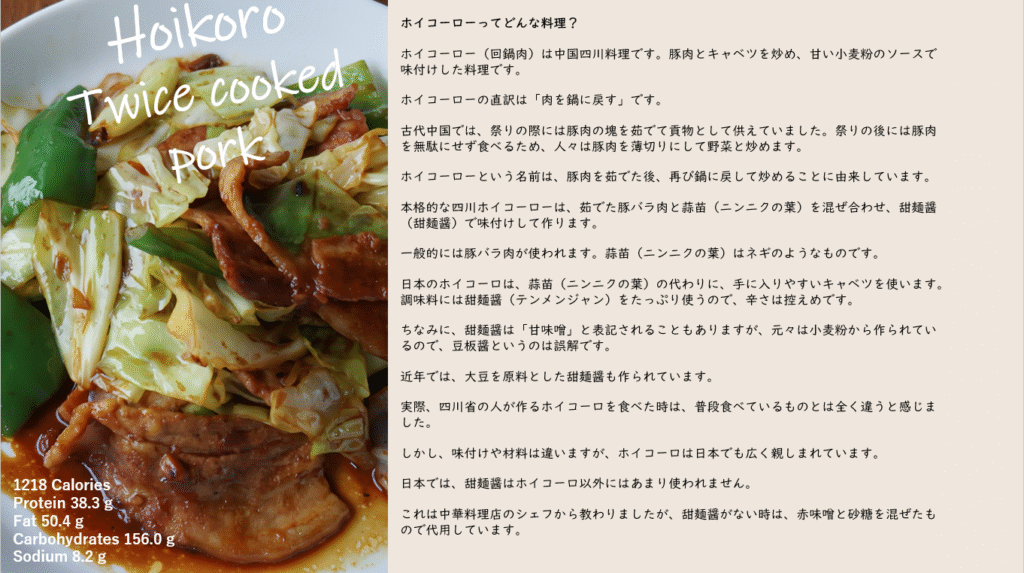
Differences between tenmenjang, bean sauce and gochujang
豆板醤 (Bean sauce):A Chinese fermented seasoning made from fava beans. Originally, it did not contain chili peppers, but now it is mainstream to add chili peppers. It produces a nice fragrance when heated.
甜麺醤 (Tenmenjian,sweet flour sauce) :A sweet miso made by fermenting wheat flour with koji and seasoning with sugar and spices. This is also a Chinese seasoning.
コチュジャン (Gochujang):It is made by attaching koji to glutinous rice and fermenting it with chili peppers. This Korean seasoning has both sweet and spicy flavors.
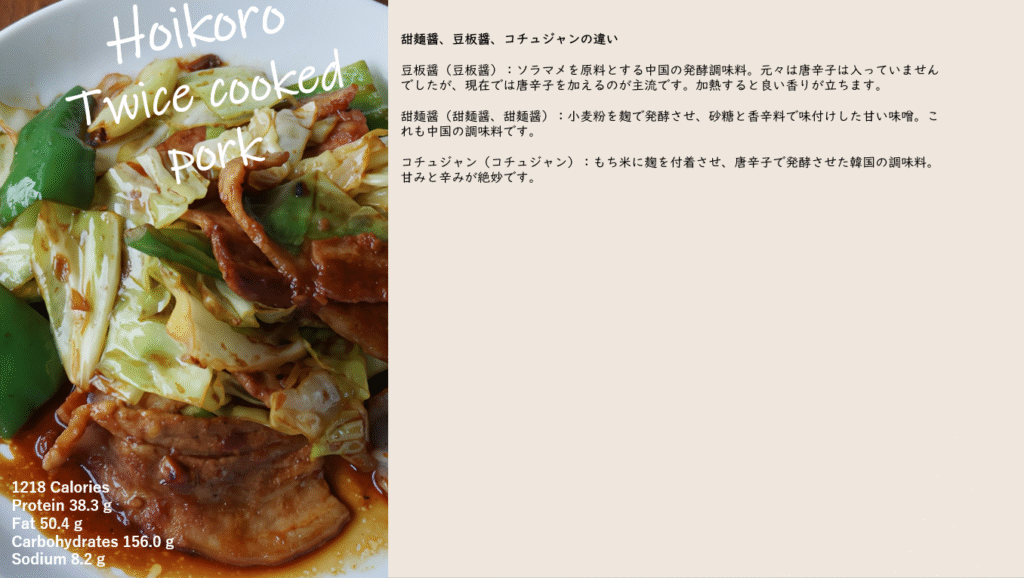
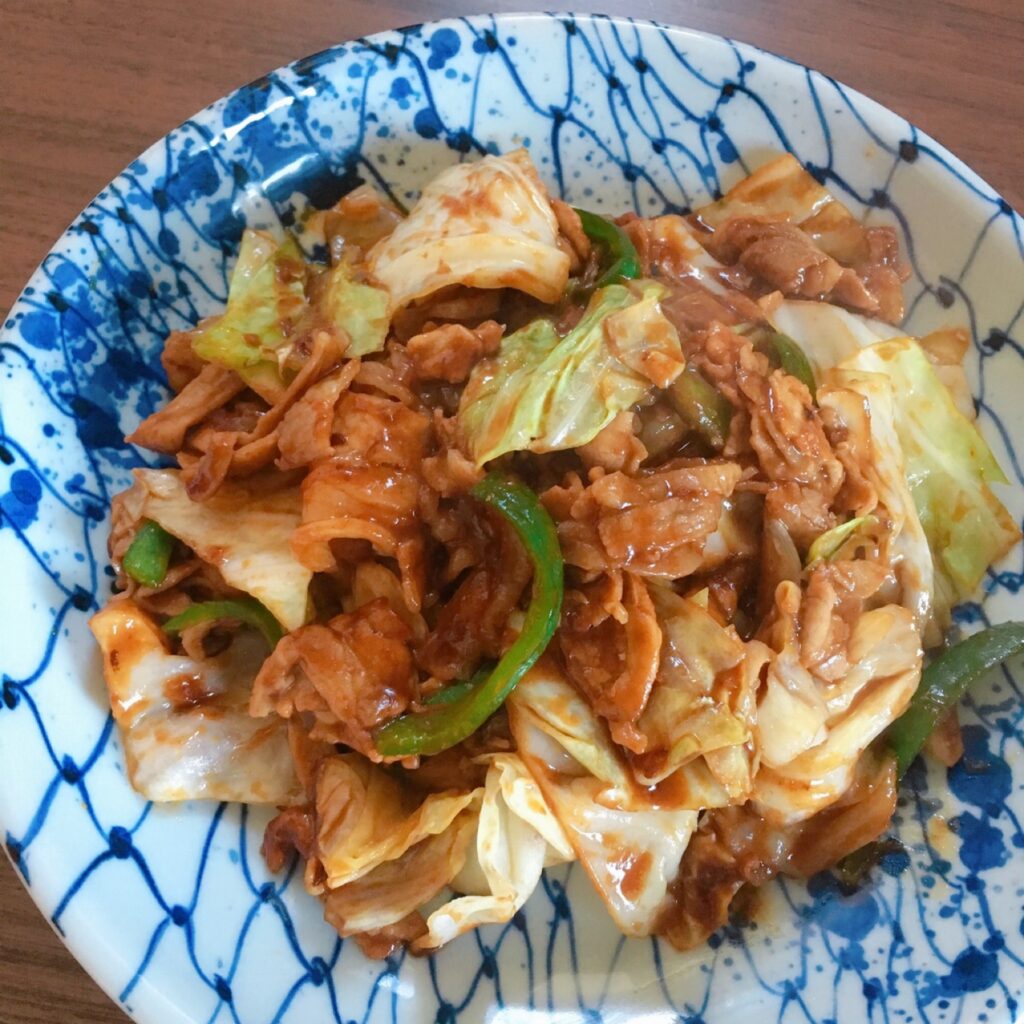
NUTRITION FACTS : Hoikoro (Twice cooked pork)

- 1122 Calories
- Protein 38.4 g
- Total Fat 89.4 g
- Total Carbohydrates 52.9 g
- Sodium 5.0 g
INGREDIENTS : Hoikoro (Twice cooked pork) 4 SERVINGS
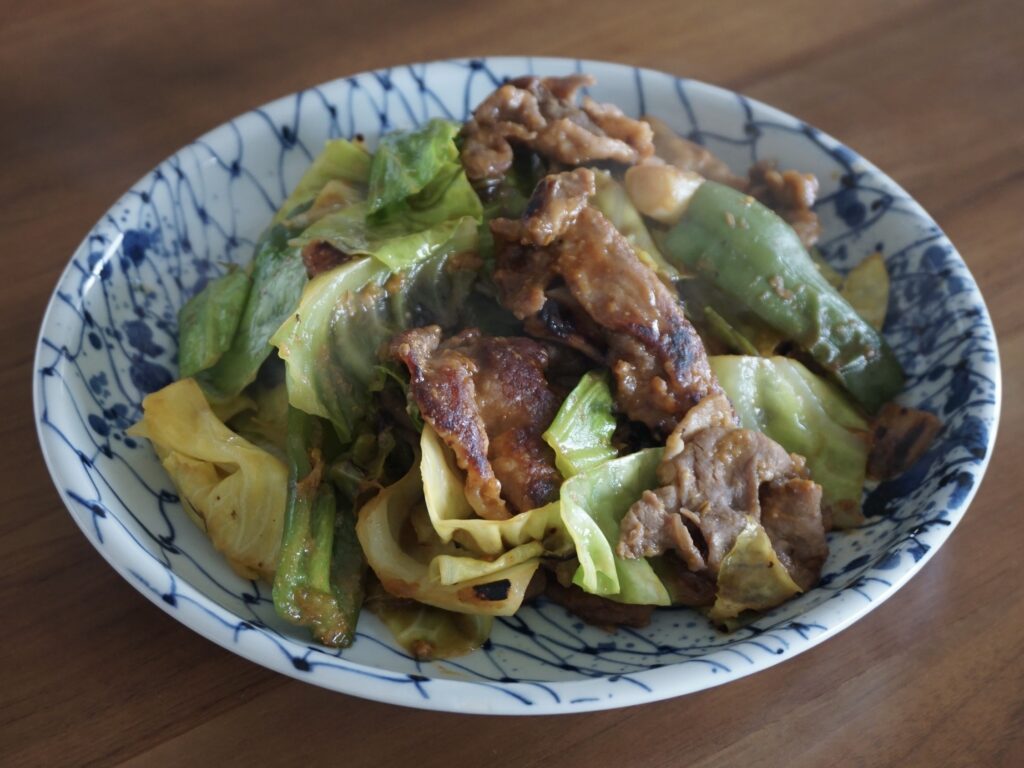
- Pork belly (3cm wide x 5cm long x 3mm thick) 200g
- Flour 10g
- Cabbage (1/4 piece) 350g
- Green pepper (4 pieces) 130g
- Sesame oil 5g
- Garlic 8g
- Ginger 8g
- Bean sauce (豆板醤) 6g
- ☆Sweet flour sauce(Tenmenjian,甜麺醤)40g
- ☆Soy sauce 10g
- ☆Sake 20g
How to make Hoikoro (Twice cooked pork)
- Cut the cabbage into 5cm cubes.
- Remove the stem and seeds from the bell pepper and cut it into quarters.
- Lightly coat both sides of the pork belly with flour.
- Peel and finely chop the garlic and ginger.
- Coat the pork belly with a thin layer of flour on both sides.
- Heat sesame oil in a frying pan and fry the pork belly. Remove the pork belly to a plate.
- Stir-fry the garlic, ginger, and chili bean paste until fragrant.
- Add the cabbage.
- Stir-fry the cabbage and pork separately to prevent the pork from becoming soggy due to the moisture released from the cabbage.
- When the cabbage is soft, add the bell peppers.
- Stir-fry the bell peppers for a short time as they discolor easily.
- Put the pork belly back into the frying pan.
- Mix everything together.
- Add tenmenjian(sweet flour sauce).
- Add the sake and dissolve the sweet flour sauce.
- Add soy sauce and mix well.
- Stir fry over high heat until the seasoning is evenly distributed.


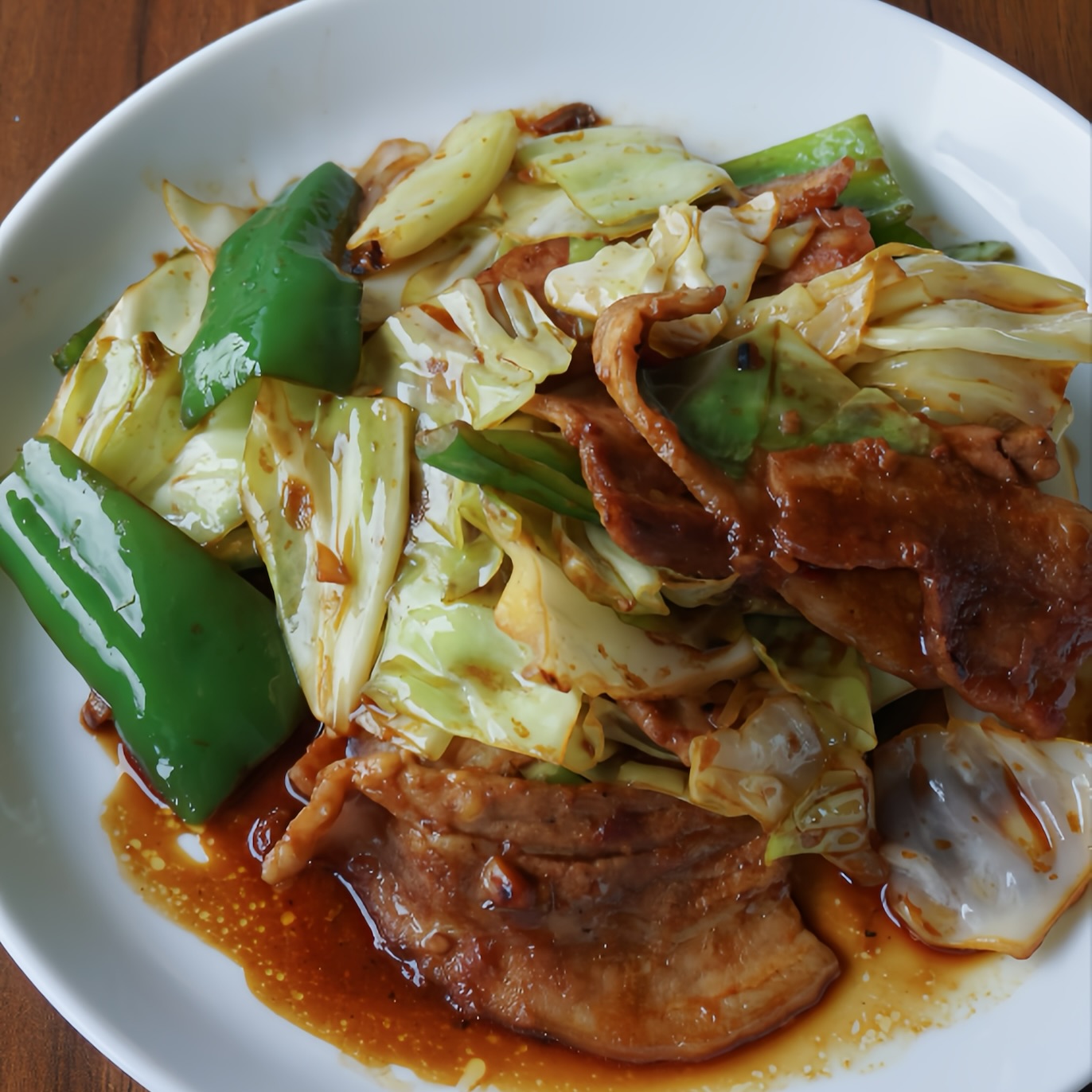
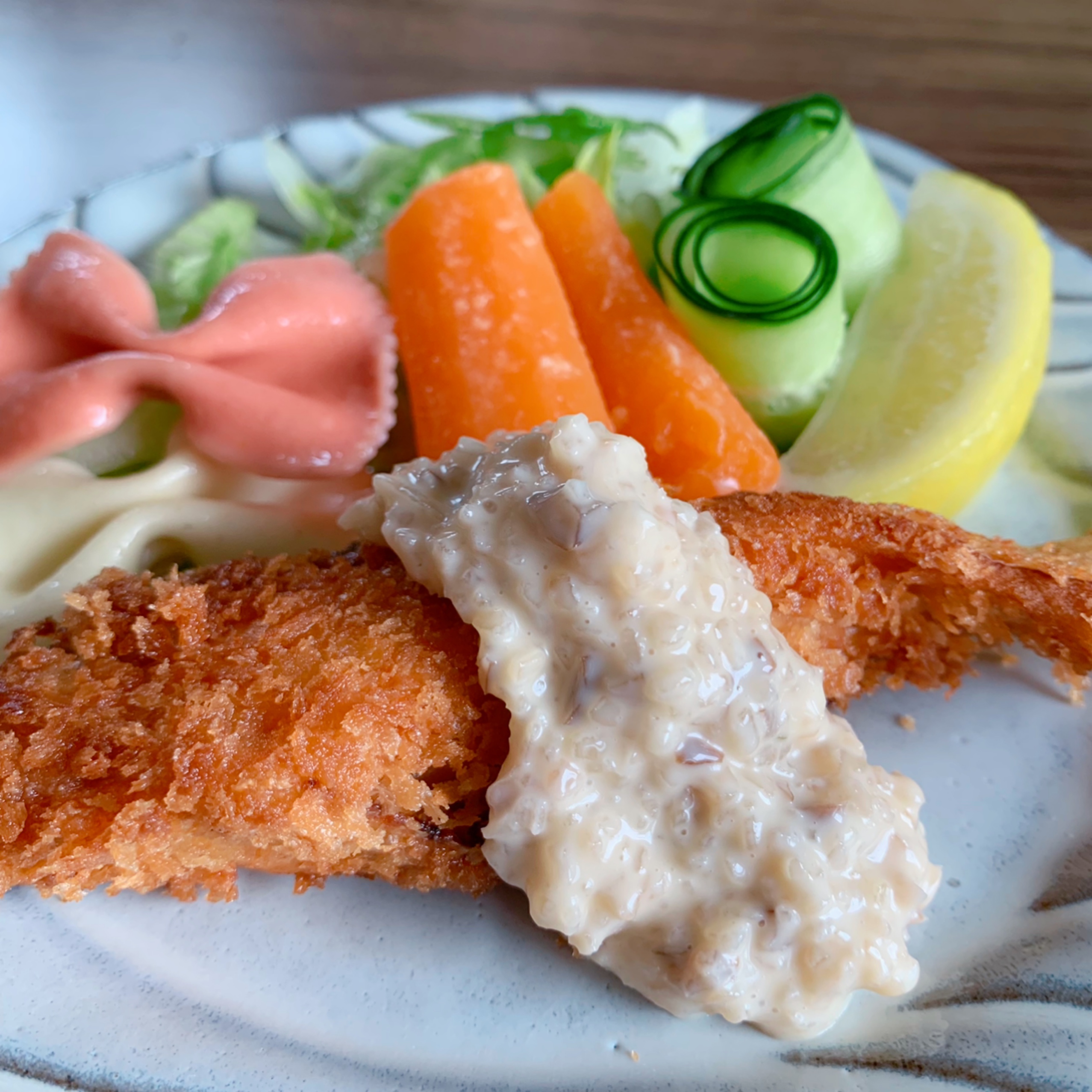
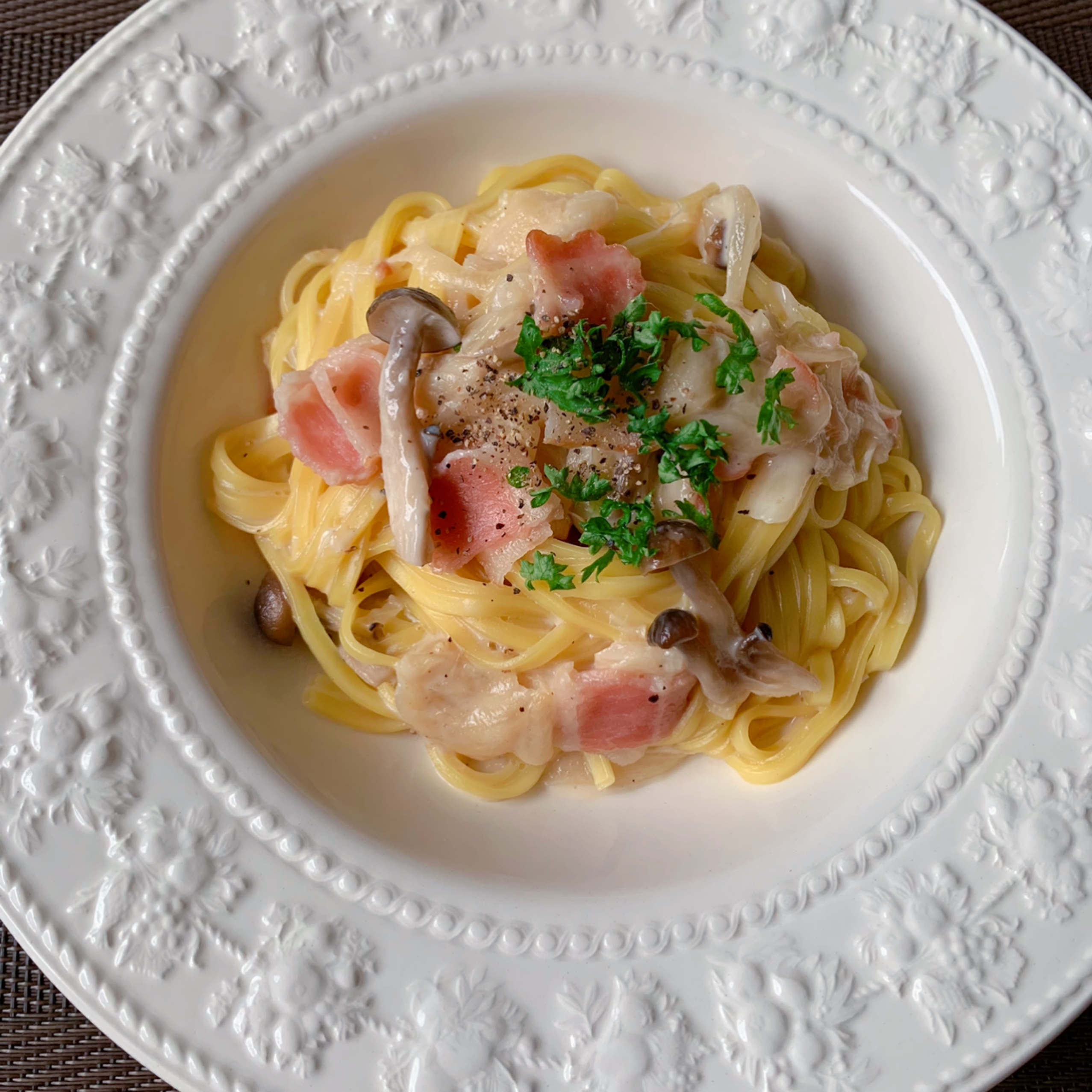
コメント